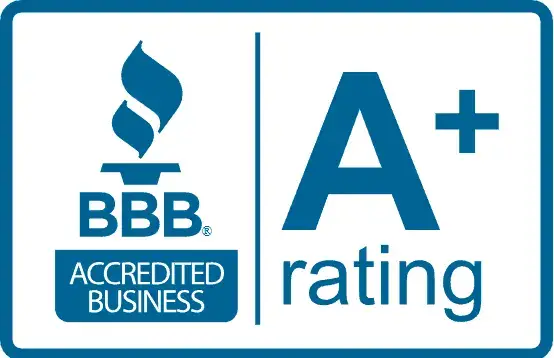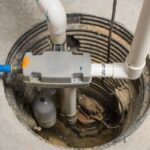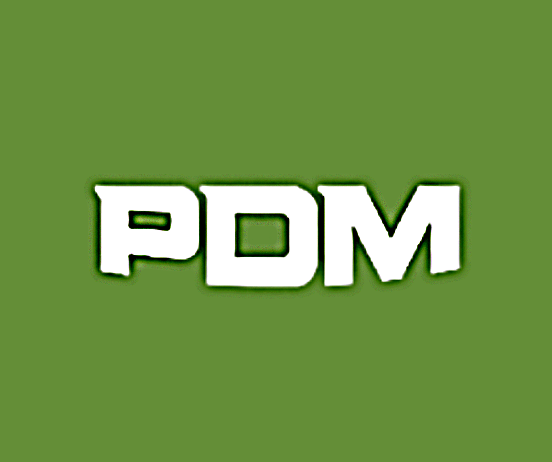What Are You Breathing?
Here are some important points to help improve your health and indoor air quality (IAQ). Did you know that sneezing sends into the air a moist cloud of aerosol droplets? These droplets can contain bacteria and viruses. The University of Bristol discovered nearly 100,000 contagious germs traveling at a speed of 100 MPH can occur when you cough or sneeze.
Other biological pollutants also cause allergic reactions like:
- Hypersensitivity pneumonitis (rare immune system disorder affecting the lungs)
- Allergic rhinitis (hay fever), and some types of asthma.
- Symptoms include sneezing, watery eyes, coughing, shortness of breath, and dizziness.
- Worsen allergies, respiratory illnesses, heart disease, cancer and other chronic conditions.
What causes unhealthy indoor air?
Indoor pollutants that release gases or particles are a major cause of indoor air quality problems. Poor air ventilation can increase indoor pollutant levels. High temperature and humidity levels can also increase concentrations of some pollutants as well as dry winter air.
Besides bacteria and virus contagions, here are 6 other causes of poor indoor air quality.
Mold
- Mold loves to grow inside and outside of your home.
- Mold can float into your home from doors, windows, and vents, or be carried in by clinging to clothing, even shoes.
- Surprisingly, the National Academy of Medicine suggests healthy people can also experience upper respiratory symptoms, wheeze, and cough from mold.
- And if you are sensitive to molds, nasal stuffiness, irritation of the throat, coughing or wheezing, or eye irritation occur.
- One-third to one-half of all structures have damp conditions that can grow molds and bacteria — and spread infectious diseases.
House dust mites
- Dust mites are in every home no matter how clean. Bedding, furniture, carpets, curtains, you name it.
- They are one of the most powerful of the biological allergens and can be an asthma trigger.
Pollen
- Seasonal floating pollen grains hitch a ride on people and pets.
- Pollen can also be carried inside and circulated in your air duct ventilation.
Chemical Pollutants VOC
The usual suspects that contain VOCs are paints, cleaners and disinfectants, stored fuels, wood preservatives, and dry-cleaned clothing, building materials, furnishings, office equipment, and graphics and craft materials can release organic compounds while they are being used and just being stored.
Radon
- This radioactive, colorless gas is formed outside in the soil.
- The EPA says that radon moves up from the ground into cracks and holes in the foundation.
- One in fifteen homes can have elevated radon levels.
- Breathing radioactive particles become trapped in the lungs and can result in tissue damage, which can lead to lung cancer over a lifetime. Not everyone exposed to higher levels of radon will develop lung cancer.
Carbon Monoxide (CO)
- A colorless, odorless gas that at high concentrations, can cause unconsciousness and death.
- EPA says that unvented kerosene and gas space heaters, wood stoves, fireplaces, gas stoves and furnaces with a cracked heat exchanger.
- The primary pollutants that are released into the air are CO, nitrogen dioxide (NO2), and particles.
- As CO levels increase and remain above 70 ppm, symptoms may become more noticeable (headache, fatigue, nausea).
- As CO levels increase above 150 to 200 ppm, disorientation, unconsciousness.
- Each year 20,000 people visit the hospital and 200 die from carbon monoxide poisoning.
- This is a good reason to have your furnace inspected once a year to check for cracked heat exchanger and reset to factory specs for safe, efficient operation.
A Good Air Purifying Choice.
Latest air purifier kills mold, bacteria and viruses, as well as reducing allergens, odors, smoke and other particulates in the air.
We’re taking $100 OFF this healthy system for a limited time, and with its maintenance-free design, you’ll be saving money over traditional filter or UV based systems. So what are you waiting for? Give your local air quality professionals at PDM a call to learn more and schedule your installation for better health today.
Air Purifier
A standard air filter is a good start, but its primary purpose is to protect your equipment, not your lungs. To truly purify your home’s air, consider an HVAC air purifier. These advanced systems use a combination of UV light, ions, and natural oxidizers to destroy harmful particles, providing a healthier indoor environment.
Installed directly into your HVAC system, a whole-home air purifier can dramatically improve your family’s well-being.From alleviating minor irritations like sore throats to reducing the risk of serious conditions such as cardiovascular disease and cancer, the benefits are undeniable. With your home’s air circulating through the HVAC system up to 10 times an hour, an air purifier can make a significant impact on air quality.
Begin Improving Your Indoor Air Quality Without Investing Much.
4 low cost ways to improve your indoor air quality.
- Remove/clean or limit the source of pollution–whether it is mold or animal dander or VOC products. This is usually the best way to improve the quality of your indoor air.
- Ventilate your home–filling your home with fresh air, when possible, helps reduce pollutants inside. Ventilation can mean opening windows and doors or having bathroom and kitchen fans exhaust to the outdoors. A whole home fan is a great idea. It replaces all the air in your home quickly and easily.
- Change furnace air filters monthly or when dirty. Dirty filters can reduce air flow by 60%!
- Adjust humidity levels to be between 30 and 50 percent. This is true in the humid summer and dry winter. Air conditioning helps remove humidity. And if you need more help, especially for basements, PDM offers dehumidifying solutions. In the winter a whole home humidifier helps your immune system stay strong.
Improving Indoor Air Quality Since 1885.
Let the PDM Clean Team help improve your Indoor Air Quality. PDM has been serving the greater Bolingbrook, Homer Glen, Joliet, New Lenox and Plainfield, IL areas since 1885. Contact PDM today for free advice. Call 815-726-6264.





